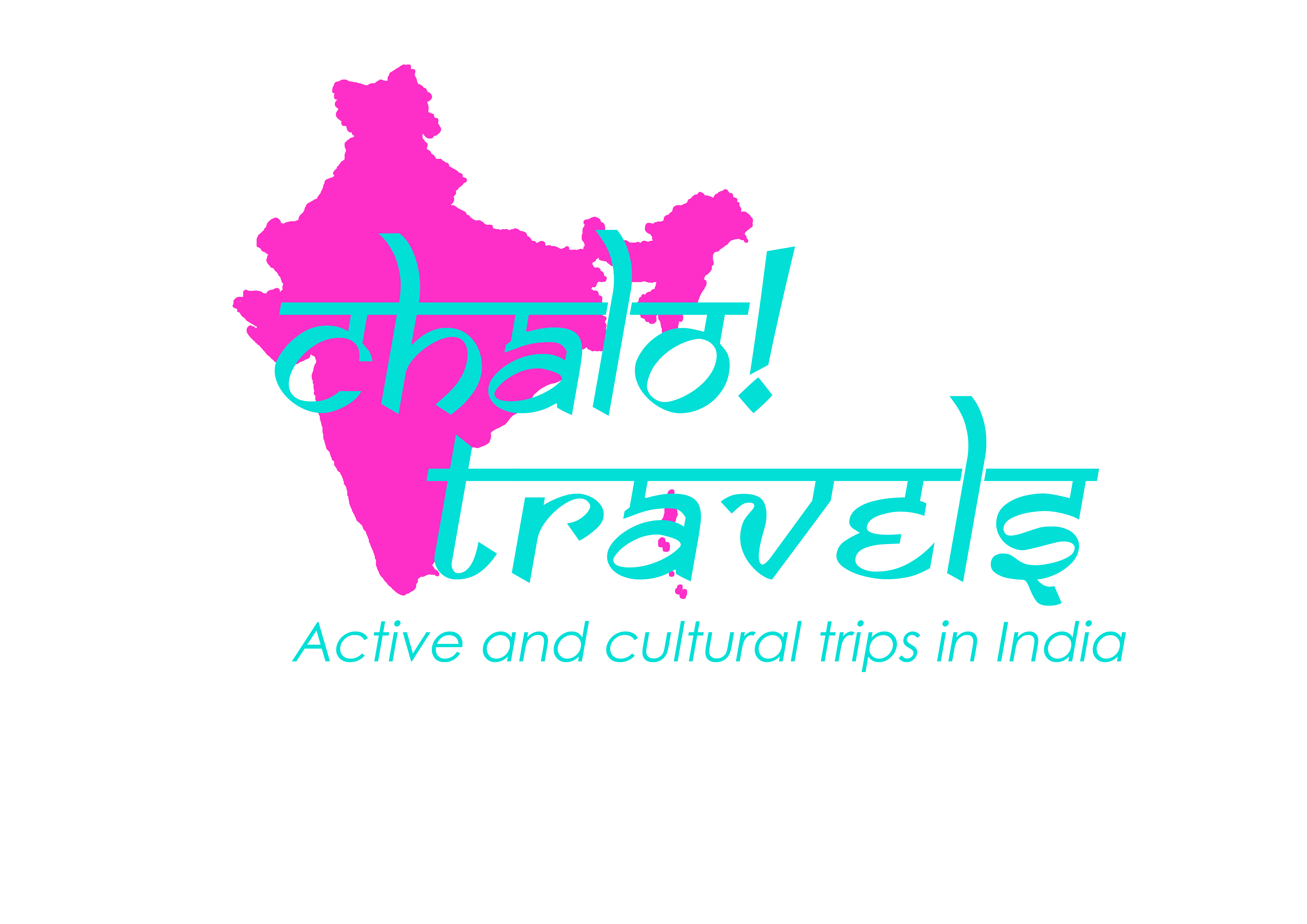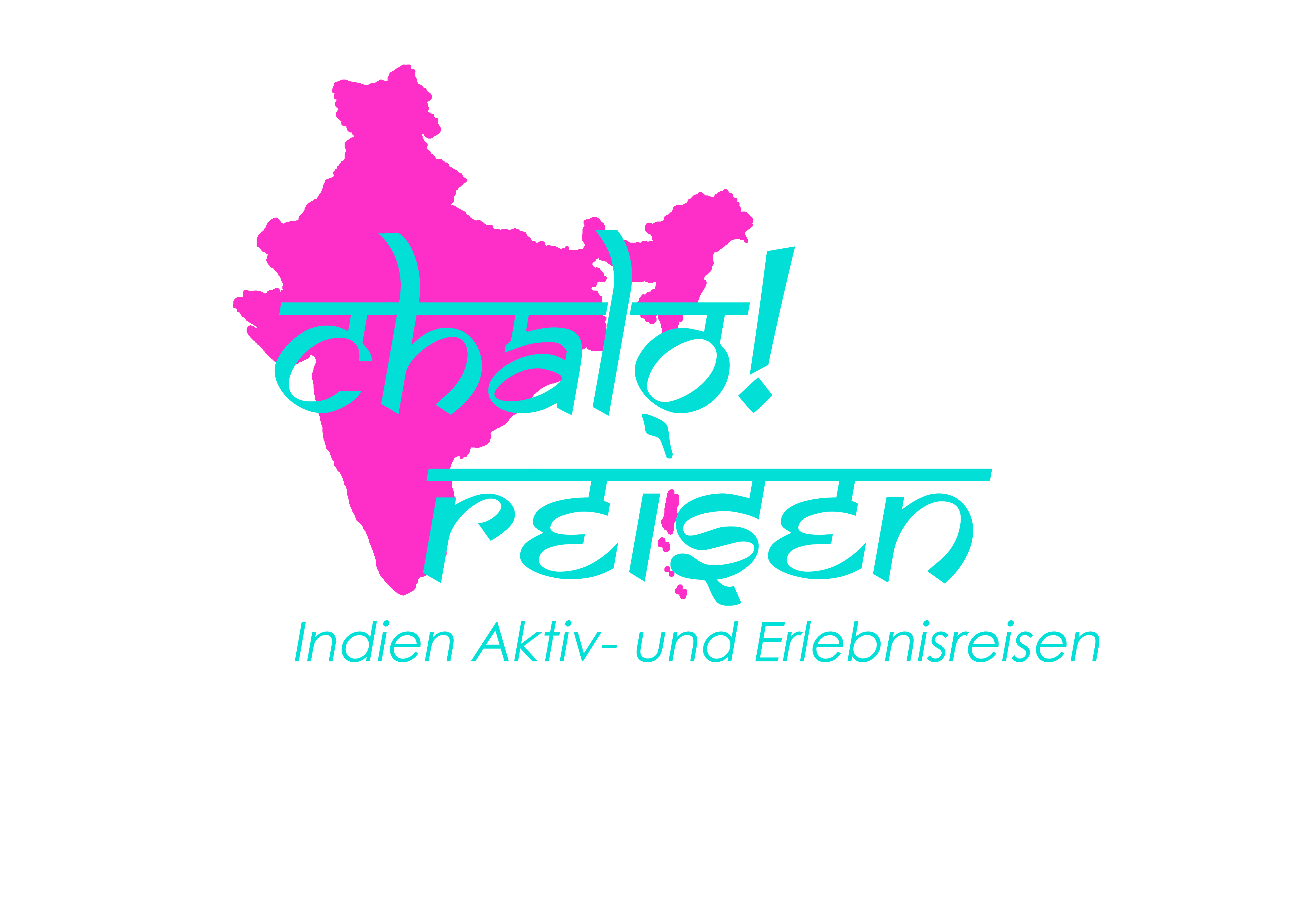
Around 6 million people spend their holidays in India every year. 140,000 holidaymakers are Germans. In comparison, around 12 million people fly to Thailand every year, and in Malaysia there are around 25 million tourists. Indian tourism accounts for just 1 percent of annual gross domestic product, or about 7 percent in Thailand. But if we look at the last few years and look at the development as well as the forecasts, tourism is playing an ever-increasing role for Indians. Even if Thailand or Malaysia still have the edge, it should not be overlooked that India is already in the fast lane.
From 53rd to 38th place – India is becoming more and more popular
After India became independent, the government did not take any initiatives to attract tourists to the country. It finally took four decades, when the first attempt to sell India as a holiday country was launched in the early 1990s. In 2002, the Indian government launched the “Incredible!India” campaign. Since then, people from all over the world have come to India: between 2003 and 2011, the number of tourists increased by 11 percent – in the ranking of the most visited travel countries, India climbed from 53rd to 38th place in the same period.
Andaman Islands, which lie in the middle of the ocean between Thailand and India, are also becoming increasingly popular. These are sleepy places – of the 204 islands there are only forty islands inhabited. Around 350,000 people live here. About a third live in Port Blair, the capital. A few years ago, there were only a few individual tourists who spent their holidays here – but since the Indian economy has grown and an increasingly affluent middle class has emerged, many Indians have also come to the taste and spend their holidays here. The Andamans have become the absolute dream destination for many – especially for couples looking for a place for their honeymoon; but also those who have been able to generate considerable profits through investments, like to spend their holidays on the paradise islands.
So it is no great surprise that the number of tourists has soared in the last ten years. Today, many of the visitors are package tourists. Probably also because around the islands is one of the most beautiful diving areas in the world. Here you can look forward to colorful tropical fish, rays, reef sharks or even sea snakes. If you’re lucky, you’ll also see some dolphins or fork-tailed sea cows (dugongs)

Indigenous people have “no desire” for tourists
The centre and the north of the islands have not yet been developed for tourism. However, it will only be a matter of time before the package tourists arrive here as well. Finally, there are endless beaches, numerous trekking routes, limestone caves and also mangrove forests. But the fact that more and more people are visiting the islands and that areas that have not yet been developed are to be “made fit” for tourists also brings with it a cultural risk. In the end, indigenous people still live here, who are classic hunters and collectors and have no desire to make contact with tourists. Invaders are seen as enemies and threatened with bow and arrow. Indian officials are also repeatedly chased away by the indigenous people.





